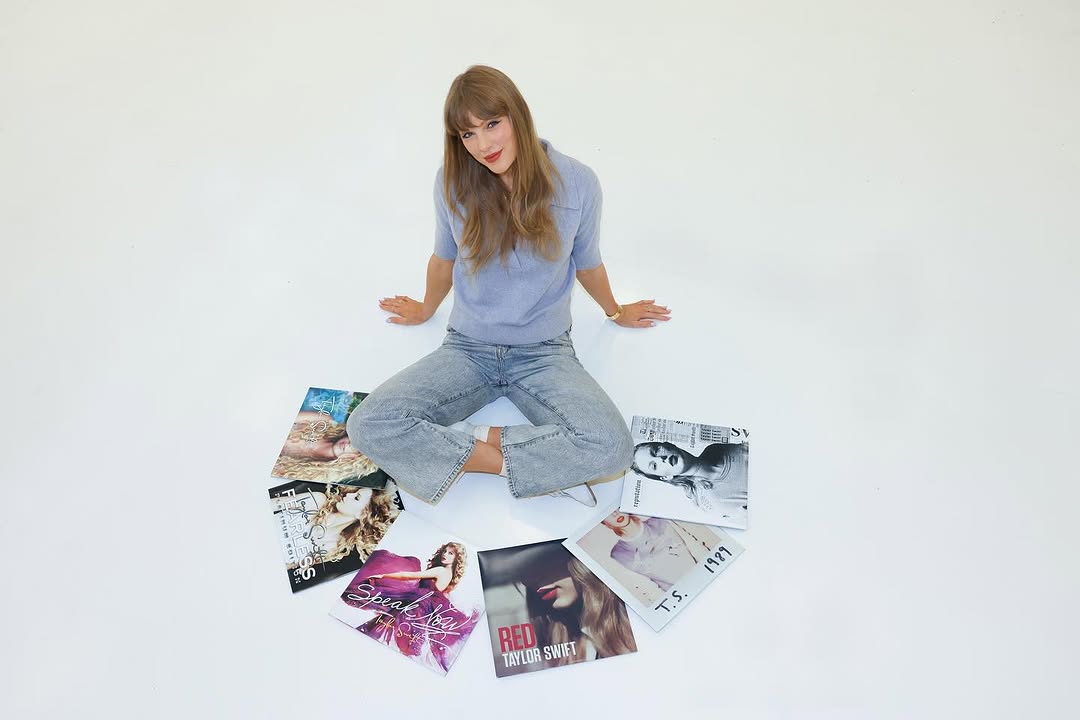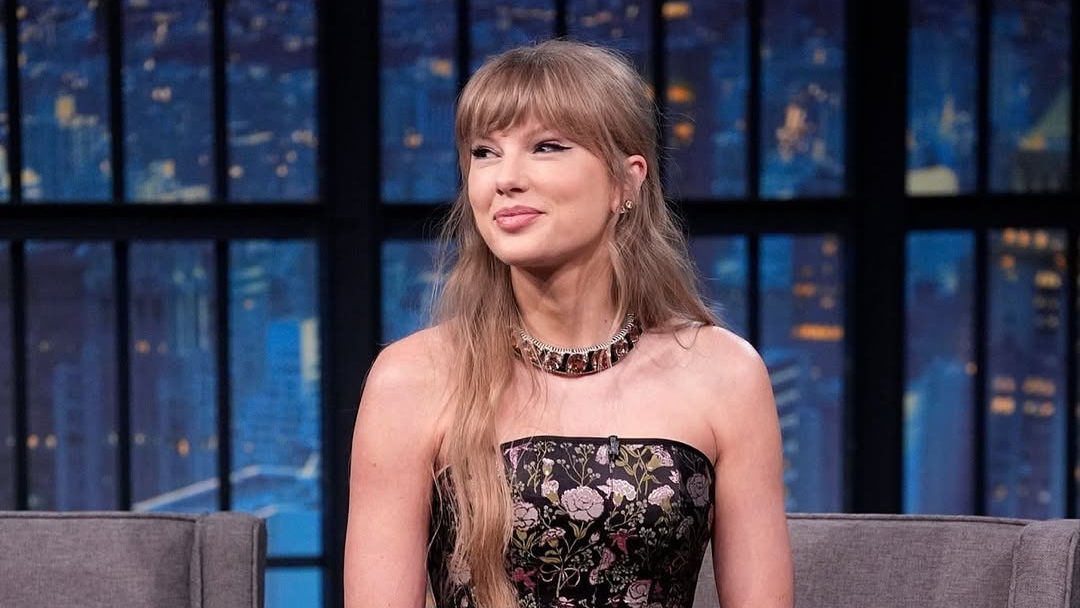Taylor Swift’s Latest Playbook: How Big Is the New Album, and Will Her Success Continue?
Taylor Swift’s latest era is less a conventional album cycle than a full-scale multimedia play. With The Life of a Showgirl and its companion theatrical release, Swift has once again demonstrated her mastery in transforming cultural attention into diversified revenue streams — spanning streaming, physical sales, theatrical box office, merchandising, and tour economics in one synchronized launch. As explored in how Taylor Swift built her name into a brand, her ability to merge artistry with strategy has cemented her status as a global business powerhouse. Below, we break down what she’s made and spent so far, how the public is responding, and whether this level of success is truly sustainable.
The headline numbers: sales, box office, and net worth
Taylor’s new album smashed first-week records. Initial reports show The Life of a Showgirl moved roughly 3.5 million equivalent album units in its opening week — a modern-era record that edges past Adele’s 2015 benchmark — with about 3.2 million in pure sales and the remainder coming from streaming equivalents. Early tallies also suggest unusually large vinyl demand, reportedly more than 1 million vinyl copies sold in the first week alone. These numbers were reported by the data firms and music press tracking the launch.
On the film front, the companion release (Taylor Swift: The Official Release Party of a Showgirl) opened strongly, posting a domestic opening in the low-to-mid tens of millions and global grosses moving into the tens of millions during opening weekend — notable for a music-adjacent theatrical experiment and another example of Swift turning musical releases into box-office events. Production budgets for these concert/mini-movie projects are modest relative to big studio films, which magnifies their profit potential.
Taken together with the earnings from touring — Swift’s Eras Tour remains the highest-grossing tour in history, with aggregate grosses in the multi-billion range — these income streams are the backbone of her 2025 net worth, estimated by major outlets at around $1.6 billion. That valuation rests on three pillars: extraordinary touring revenue, a valuable music catalog and publishing rights, and sustained marketplace demand for physical merchandise and premium experiences.

@Taylorswift
How money flows in a Taylor Swift release (and why margins are exceptional)
Swift’s revenue model is textbook diversification executed at scale. Concert touring historically drives the biggest single chunk of income for major acts; ticket sales, VIP packages, sponsorship arrangements and ancillary spending (local economy boosts, merch, sponsorships) generate immediate, large cash flows. The Eras Tour’s multi-billion gross shows how powerful that engine is.
But Swift also controls much of her intellectual property. Owning or controlling masters and publishing rights — and using re-recordings strategically to reclaim value — gives her a higher share of streaming and licensing dollars than most artists. That control, combined with aggressive physical product strategies (multiple album variants, limited-edition vinyl, deluxe bundles) increases per-fan revenue and encourages superfans to buy multiple copies — a tactic that inflates traditional sales figures and improves gross margins.
The film/mini-movie model further multiplies revenue: a relatively low production cost can generate meaningful box office, plus downstream streaming or TV licensing, and it functions as marketing for the music, tour, and merchandise ecosystem. Early indicators show profitability here too, especially when theatrical runs spark earned media and renewed streaming interest.
Public opinion: fandom, critics, and backlash
Public reaction to Showgirl is layered. Core fans — the “Swifties” — remain ferociously loyal and are largely responsible for the astonishing first-week sales and vinyl rush. For this cohort, Swift’s storytelling, easter-egg marketing and limited editions are part of the ritual. That devotion gives her launches a built-in floor that few artists enjoy.
Cultural criticism has also trailed the promotional campaign, with some fans and commentators questioning the perceived overuse of digital effects or even suspected AI in her promotional clips. As Vanity Fair notes, these controversies have fueled social media debate but, notably, have done little to slow Swift’s commercial momentum.
The key takeaway: mixed press hasn’t materially harmed sales momentum. Swift’s audience is large enough and committed enough that even negative headlines tend to amplify conversation rather than suppress demand.

@taylorswift
Costs and investment: the other side of the ledger
It’s important to remember the outlays behind these wins. Major tours require huge upfront capital for staging, logistics, crew, and rehearsals. Press campaigns, music videos, physical production (vinyl runs are expensive), theatrical distribution and marketing also add costs. The profitability comes from scale and control — when direct-to-fan merchandise sells at premium price points and ticketing demand runs ahead of supply, gross margins expand quickly.
Estimated budgets for concert-film projects are modest relative to Hollywood blockbusters — often in the low-tens of millions — which means even a $30–50 million box office haul can deliver an outsized return when combined with streaming licensing and catalog uplift. Still, the capital intensity of tours and the logistics complexity make Swift’s model one that works best for an artist with her scale.
Risks and limits: why nothing is guaranteed
Taylor Swift occupies an enviable place in the market, but several risks could temper future dominance:
-
Audience fatigue and market saturation. Releasing multiple deluxe variants, repeated re-recordings, and back-to-back multimedia pushes can wear on fans and casual consumers over time. Maintaining novelty without alienating core fans is a perpetual balancing act.
-
Macro headwinds. Recessions or a prolonged downturn could soften ticket and merch sales; premium live experiences are among the first discretionary spending to be cut.
-
Reputational and regulatory scrutiny. AI controversies, or missteps in marketing authenticity, can trigger backlash that—even if commercially minor—erodes cultural capital. Additionally, evolving copyright or royalty regimes could change streaming economics.
-
Competition and trend shifts. Music consumption habits evolve, and new artists or formats (short-form social platforms, AI-generated acts) could capture attention. Scale and brand loyalty mitigate but don’t eliminate that risk.
Despite these threats, Swift’s combination of fan loyalty, IP ownership, and proven promotional playbook creates a resiliency many artists lack. Her team’s ability to convert attention into multiple revenue lines is a structural advantage difficult to replicate at the same scale.
Will Taylor Swift’s commercial dominance continue?
Short answer: very likely — at least in the near term. Her 2025 launch proves Swift remains uniquely capable of generating massive, coordinated demand across every format. As Business Insider reports, her ownership of catalogs, unmatched touring power, premium merchandising, and multimedia tie-ins provide both the revenue streams and margins needed to sustain long-term dominance — a strategy clearly reflected in her growing net worth and market position.
Longer term, continuation depends on several variables: artistic evolution that keeps long-time fans engaged, disciplined commercialization that avoids fatigue, and macroeconomic conditions that support premium live experiences. Swift’s historical instincts — meticulous narrative control over her brand, savvy rights management, and deep fan engagement — bode well. But every era ends; the real question is whether Swift can keep reinventing the business model of pop stardom as rapidly as audience taste changes.

What to watch next (metrics that matter)
If you want quick signals about whether Swift’s momentum is sustainable, track these:
-
Sustained streaming per-song metrics (weeks 2–8) — According to Billboard, the sharp drop in sales after week one suggests that much of the album’s success was driven by front-loaded demand rather than sustained momentum.
-
Ticket demand for any new tour legs — presale sellouts and secondary market prices reveal ongoing pull.
-
Catalog valuation and licensing deals — New syncs, film placements, and catalog purchases — which Forbes notes as strong indicators of an artist’s enduring IP value — continue to affirm Swift’s long-term dominance in the entertainment economy.
-
Merch and vinyl reorders — continued production runs show sustained fan spending beyond opening week.
-
Brand partnerships and media licensing (TV/streaming) — how distributors price her films and specials is a proxy for long-term media value.
Conclusion
Taylor Swift’s October 2025 cycle is another masterclass in modern entertainment economics: convert extreme fan loyalty into diversified revenue, own the rights that matter, and treat releases as multi-platform events. The data and industry reporting show a near-term continuation of dominance, but longevity will require a continued mix of artistic reinvention, disciplined commercialization, and sensitivity to the cultural environment. For now, Swift isn’t just a musician — she’s an entertainment ecosystem that, for better or worse, reshapes how artists make money in the 21st century.















